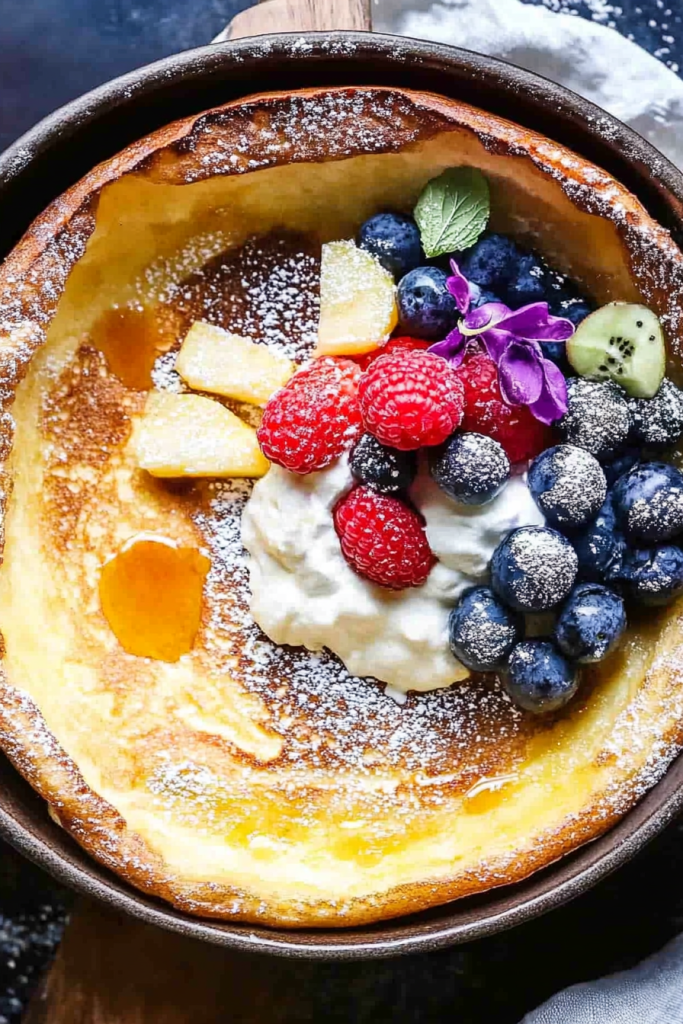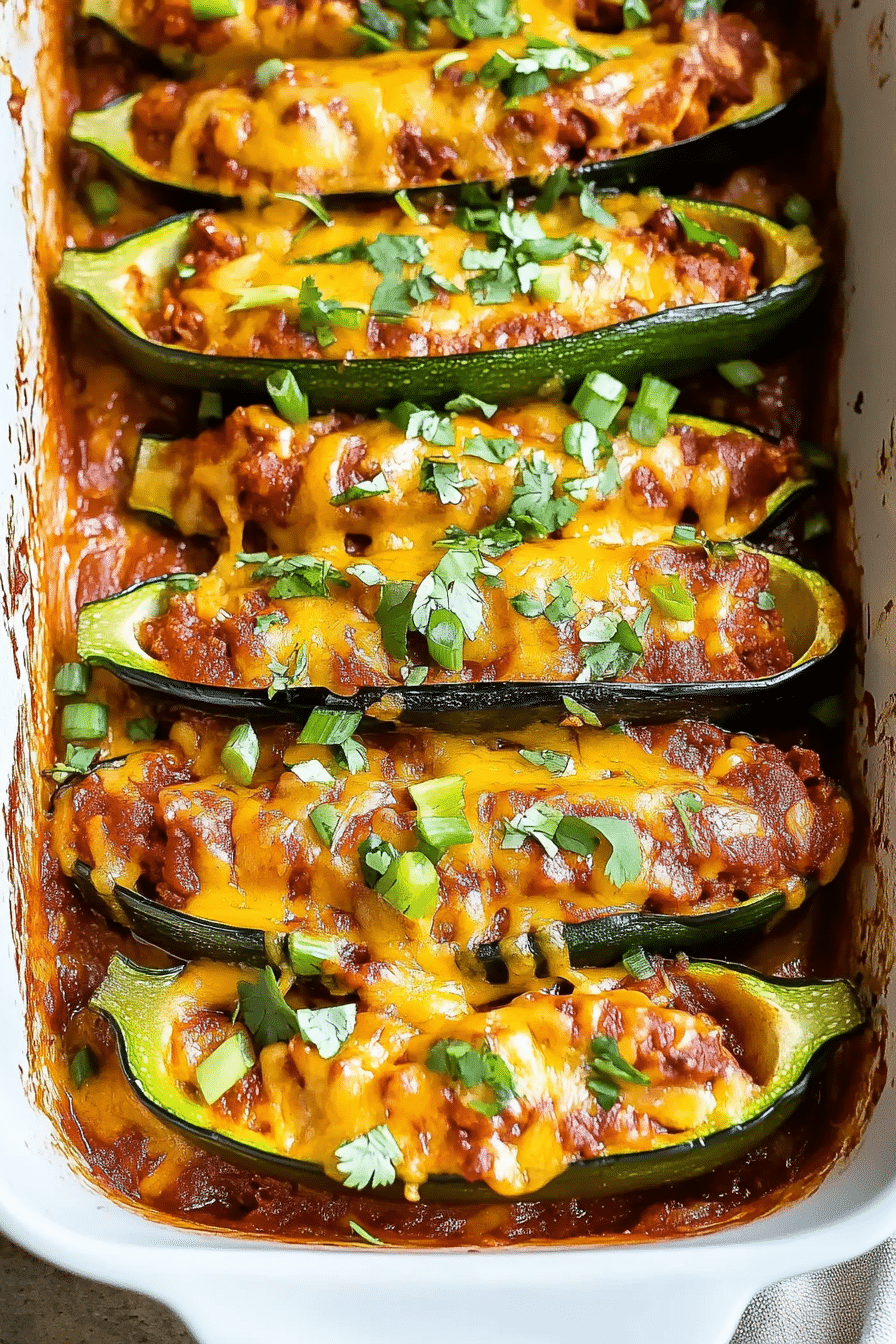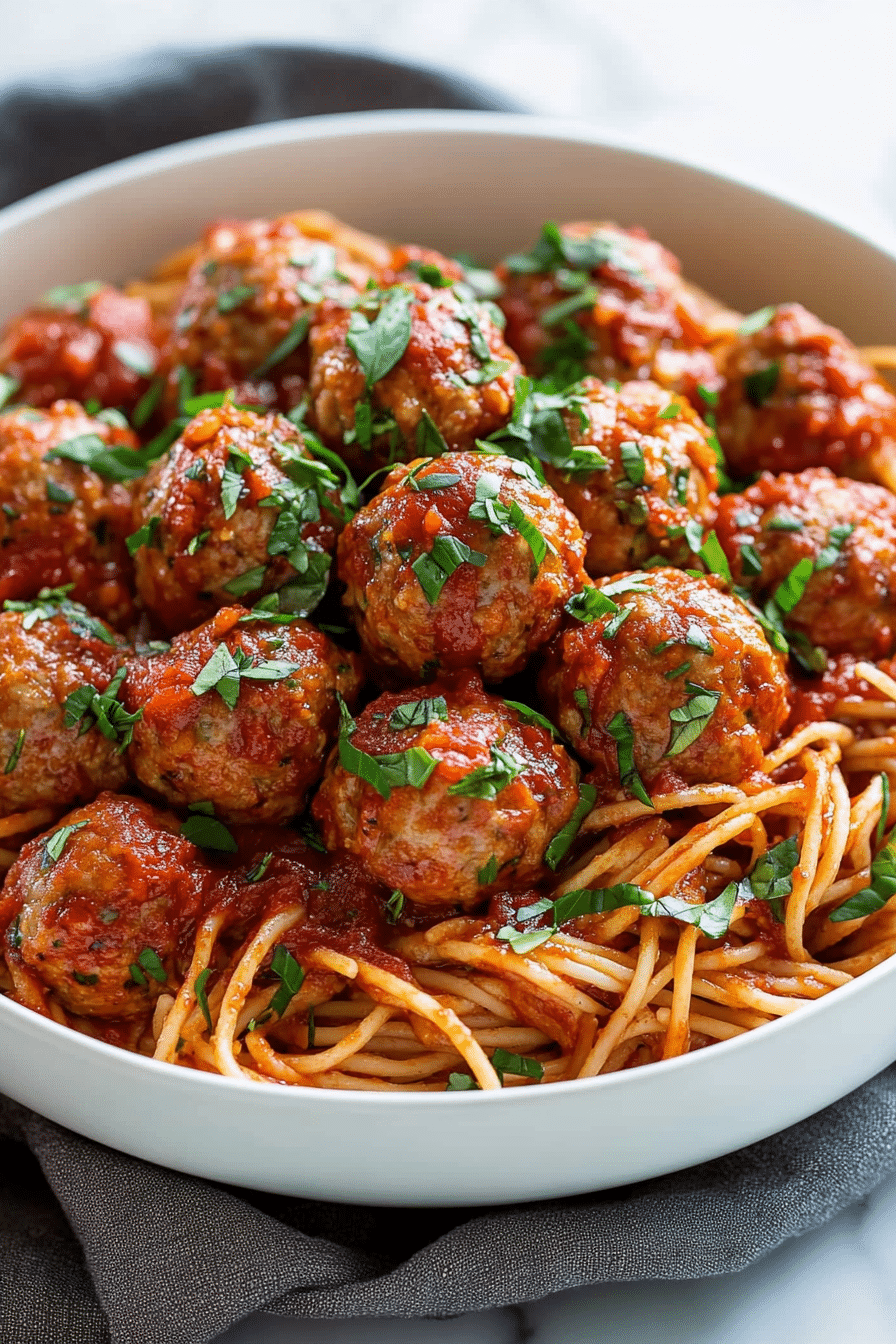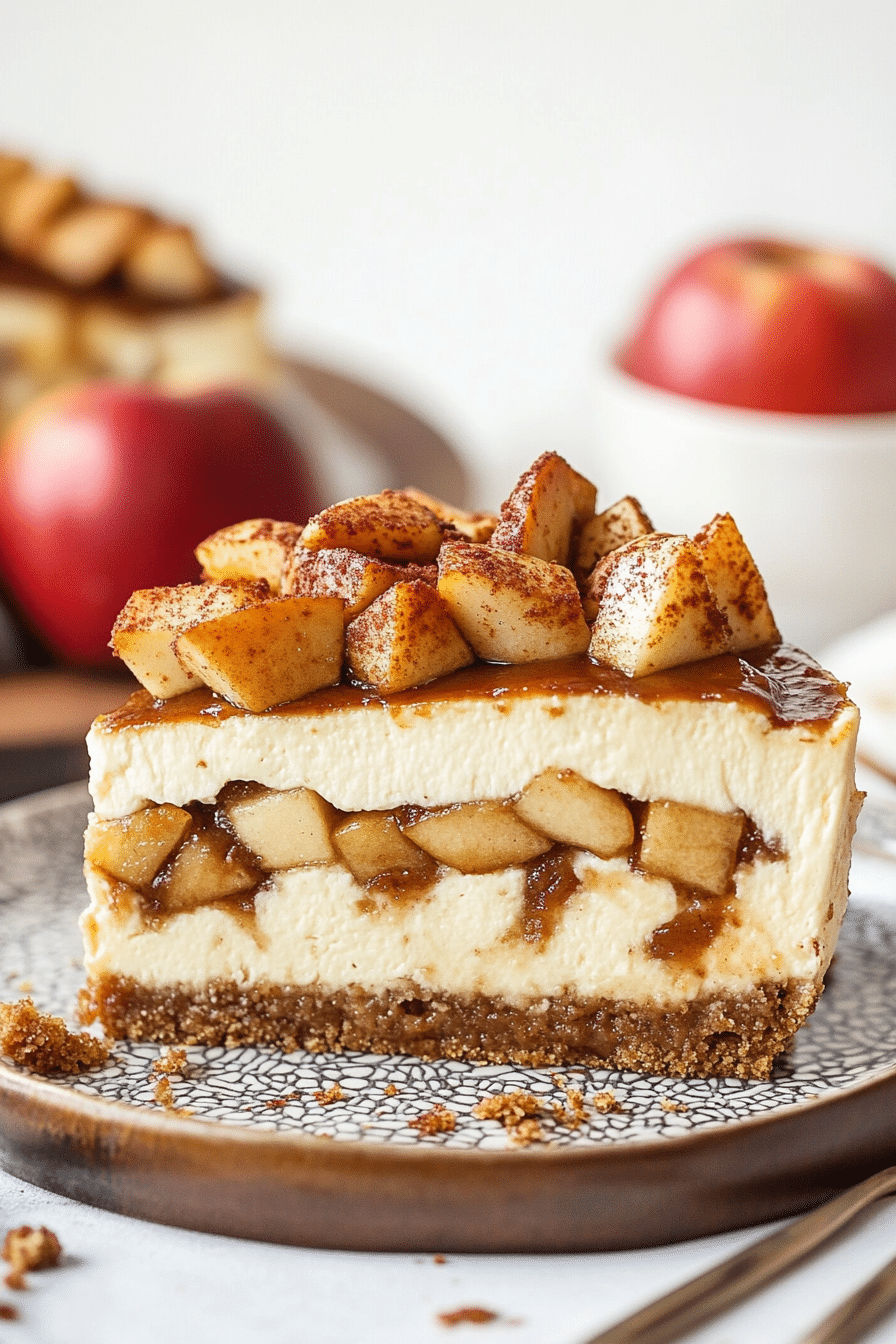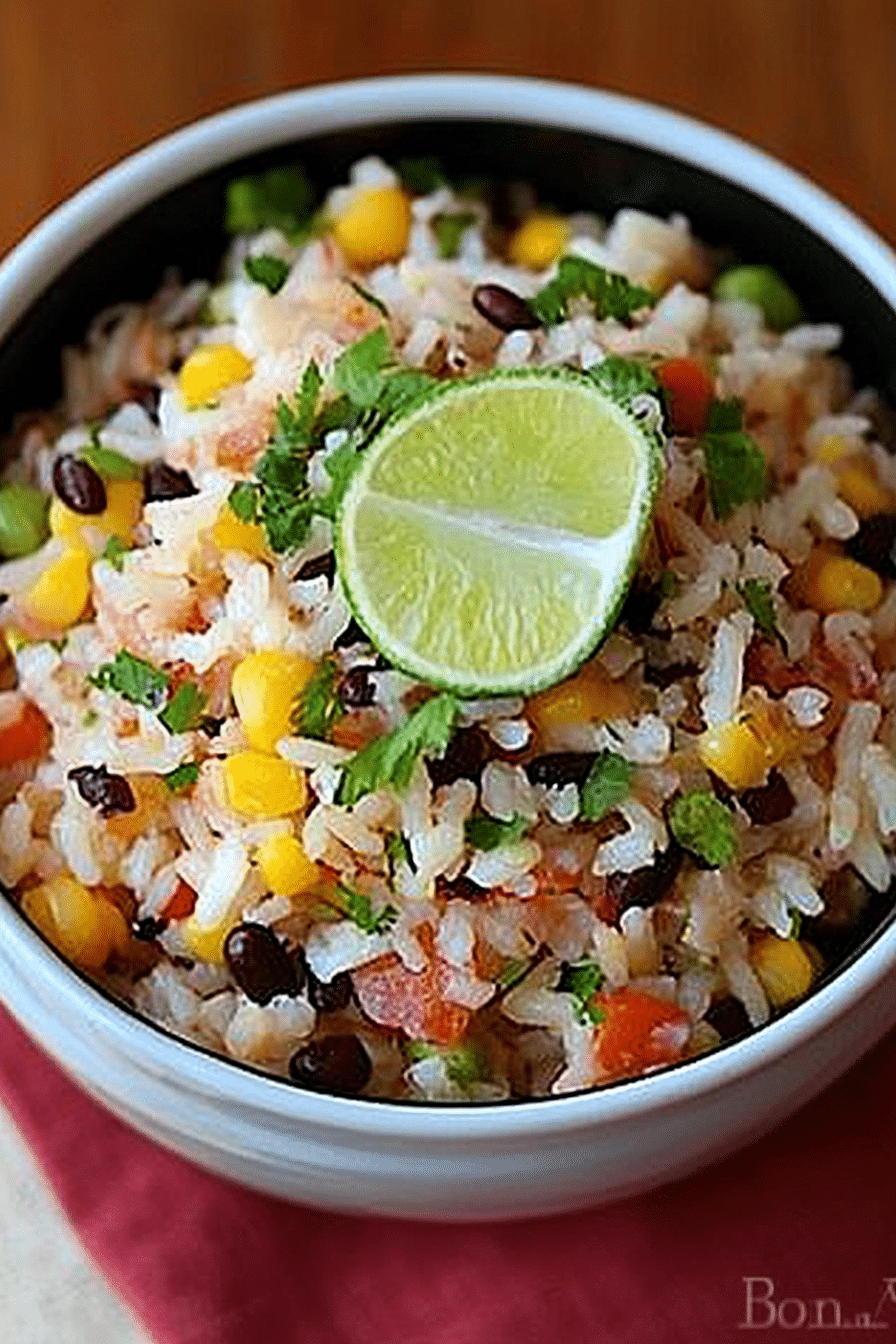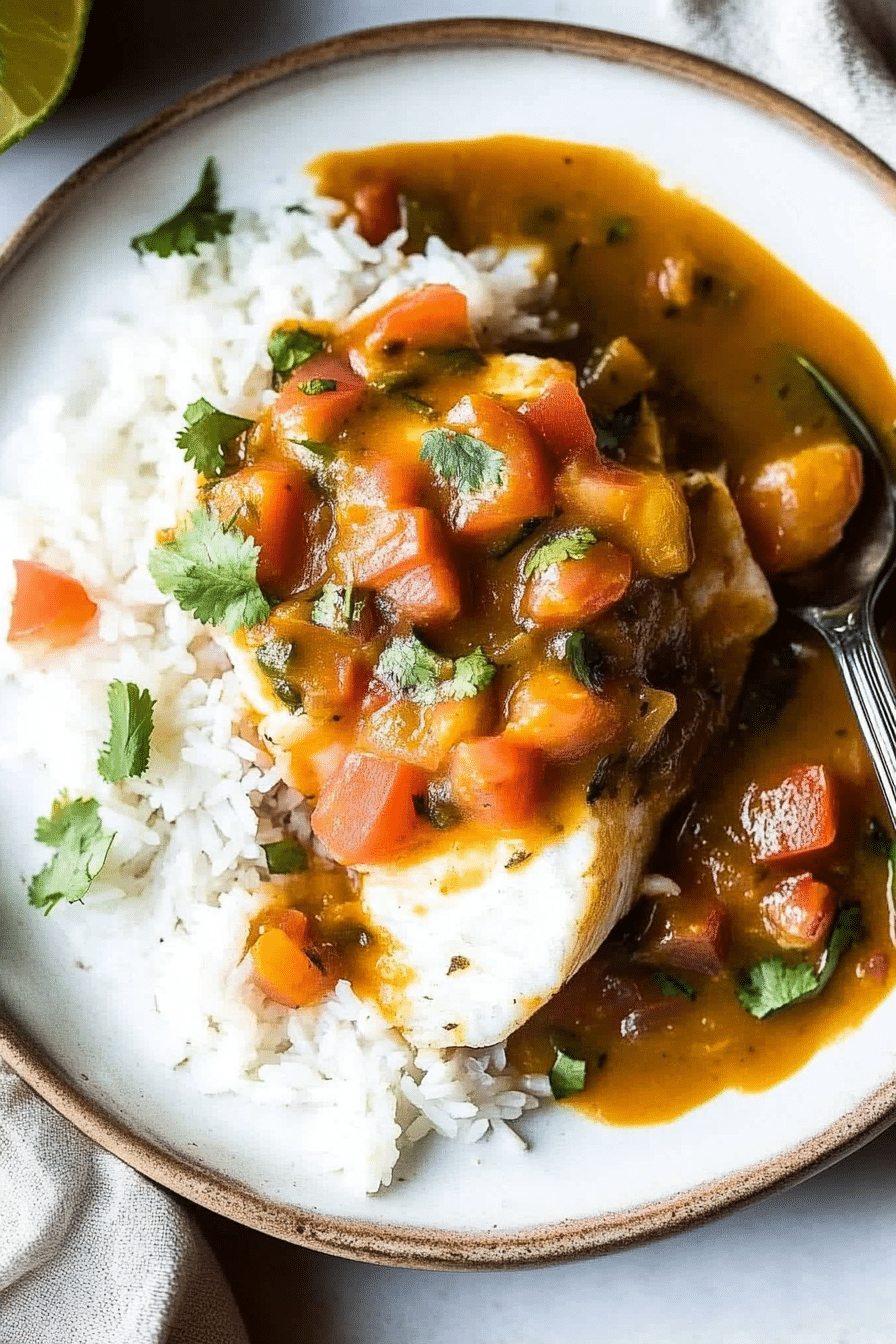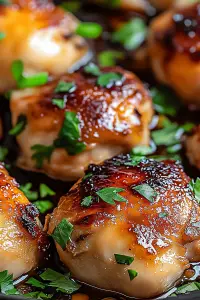If ever there was a brunch dish that made a statement, it’s the Dutch Baby Pancake. With its golden, puffed-up sides and tender, custard-like center, this dish is as pleasing to the palate as it is to the eyes. Mastering the art of the Dutch Baby Pancake involves a delicate balance of ingredients and technique, but once you nail it, you’ll never go back. Whether you’re adding fruits, spices, or enjoying it with a sweet maple syrup drizzle, this pancake is an ideal centerpiece for breakfast or brunch gatherings.
Dutch Baby Pancake Ingredients List
Creating the perfect Dutch Baby Pancake begins with quality ingredients. Ensuring you have the freshest components will enhance the flavors and texture. Here’s what you’ll need for a classic fruit and maple buttermilk version:

- 2 large eggs, at room temperature
- 1/2 cup buttermilk
- 1/2 cup all-purpose flour
- 1 tablespoon sugar
- 1/2 teaspoon salt
- 1/2 teaspoon Vanilla Extract
- 2 tablespoons unsalted butter
- 1 cup mixed berries (strawberries, blueberries, raspberries)
- Maple syrup, for serving
The choice of fruit can be flexible based on seasonality and personal preference. Fresh berries are ideal for their combination of tartness and sweetness.
Dutch Baby Pancake Timing
Timing is everything when making a Dutch Baby Pancake. From preparation to serving, it’s essential to handle each step with a sense of urgency to maintain the pancake’s dramatic rise and texture.
- Preparation Time: 10 minutes
- Cooking Time: 15–20 minutes
- Total Time: Approximately 30 minutes
This quick cooking time makes it ideal for impromptu gatherings or leisurely brunches without demanding hours from your day. Being mindful of each stage ensures the perfect blend of fluff and crispness.
Step-by-Step Instructions
Step 1: Preheat and Prepare
Begin by preheating your oven to 425°F (220°C). Place a cast-iron skillet or oven-safe pan in the oven as it heats. This ensures the pan is hot enough to immediately start cooking the batter, which aids in the rise of the pancake. For more on this cooking method, read All About Cast-Iron Cooking.
Step 2: Mix the Ingredients
In a blender, combine the eggs, buttermilk, flour, sugar, salt, and Vanilla Extract. Blend until smooth to ensure there are no lumps and the mixture is well aerated. This step is crucial, as the smoothness of the batter aids in the airy rise of the pancake.
Step 3: Melt the Butter
Carefully remove the hot skillet from the oven and add the unsalted butter, swirling it around until melted. The hot pan and butter create a nonstick surface and contribute to the crispy edges of the pancake.
Step 4: Pour and Bake
Pour the batter into the hot, buttered skillet and quickly return it to the oven. Bake for 15–20 minutes until the pancake is puffed and golden brown around the edges. Avoid opening the oven while it’s baking, as this can cause the pancake to deflate prematurely.
Step 5: Add Toppings
Once done, remove the skillet from the oven. Top the Dutch Baby Pancake with an assortment of berries and a generous drizzle of maple syrup before serving. For more topping ideas, see our guide on Creative Syrup Toppings for Pancakes.

Nutritional Info
Understanding the nutritional content of your Dutch Baby Pancake can help you make informed dietary choices. Each serving of this pancake provides a balanced portion of macronutrients and essential vitamins:
- Calories: Approximately 300 kcal per serving
- Protein: 8g
- Carbohydrates: 36g
- Fat: 14g
- Fiber: 2g
- Sugars: 12g
The pancake is a good source of calcium from the buttermilk and eggs, and it offers an array of antioxidants provided by the mixed berries. For general dietary advice, check out these Top 10 Healthy Eating Tips.
Healthier Alternatives
For those looking to make their Dutch Baby Pancake a tad healthier, several modifications can be considered:
- Whole Wheat Flour: Swap out all-purpose flour for whole wheat flour to increase fiber content. Expect a denser texture, which some may prefer for its nuttier taste.
- Coconut Milk: Substitute the buttermilk with coconut milk for a dairy-free option that adds a subtle tropical flavor.
- Natural Sweeteners: Use honey or agave nectar in place of sugar. These alternatives are lower in glycemic index and add complex flavors to your pancake.
Each substitution provides unique health benefits while altering textures and flavors minimally. Adjust these based on dietary needs and taste preferences.
Serving Suggestions

Your beautiful Dutch Baby Pancake can be the star of various occasions:
- Brunch Celebrations: Serve with a selection of fresh fruits, whipped cream, and flavored syrups for a festive touch. Explore our Perfect Sunday Brunch Ideas for more inspiration.
- Children’s Parties: Cut into slices and let the children top their sections with their favorite fruits and sprinkles.
- Dessert Option: Add a scoop of vanilla ice cream and a dusting of cocoa powder for a sweet ending to any meal.
Pair these preparations with a hot beverage of choice, like coffee or tea, or enjoy them with a sparkling mimosa to elevate the dining experience.
Common Mistakes to Avoid
Making a perfect Dutch Baby Pancake takes some practice. Here are some pitfalls to avoid:
- Cold Ingredients: Ensure all ingredients are at room temperature. Cold eggs and milk can prevent the batter from rising.
- Opening the Oven Door: It can be tempting, but opening the oven door mid-bake can cause the pancake to collapse. Trust in the process and monitor through the oven window.
- Improper Pan Temperature: A hot pan is critical. If the skillet is not heated properly, the pancake will not rise correctly, resulting in a dense texture. For detailed tips, read about Cooking with Cast Iron Pans.
Learning from these common errors can improve your cooking skills and make you an even better brunch host or hostess.
Storing Tips
If you manage to have leftovers of your delicious Dutch Baby Pancake, storing them correctly will ensure they remain appetizing:
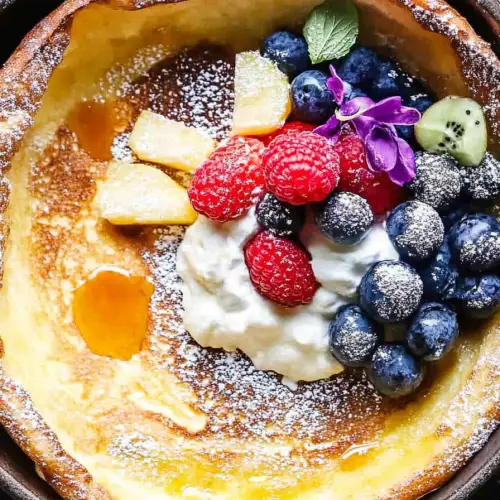
Dutch Baby Pancake
Ingredients
Main Ingredients
- 0.5 cup All-purpose flour
- 0.5 cup Whole milk
- 3 Large eggs
- 1 tablespoon Granulated sugar
- 0.25 teaspoon Salt
- 4 tablespoons Butter
Instructions
Preparation Steps
- Preheat oven to 425°F (220°C). Place a 9-inch cast iron skillet in the oven while it preheats.
- In a blender, combine flour, milk, eggs, sugar, and salt. Blend until smooth.
- Carefully remove the hot skillet from the oven. Add butter to the skillet and let it melt completely, swirling to coat the bottom and sides.
- Pour the batter into the hot skillet. Bake for 20-25 minutes, or until the pancake is puffed and golden brown.
- Remove from oven and serve immediately with your favorite toppings, such as powdered sugar, berries, or syrup.
Notes
Featured Comments
“Impressed! Clear steps and perfect for busy nights results. Perfect for busy nights.”
“New favorite here — turned out amazing. crowd-pleaser was spot on.”
“Super easy and turned out amazing! My family asked for seconds. Saving this one.”
“This sweet treat was absolutely loved — the bright really stands out. Thanks!”
“Made it tonight and wow — crowd-pleaser! Will definitely make Dutch Baby Pancake again.”
“Packed with flavor and so simple. Exactly what I wanted from Dutch Baby Pancake.”


